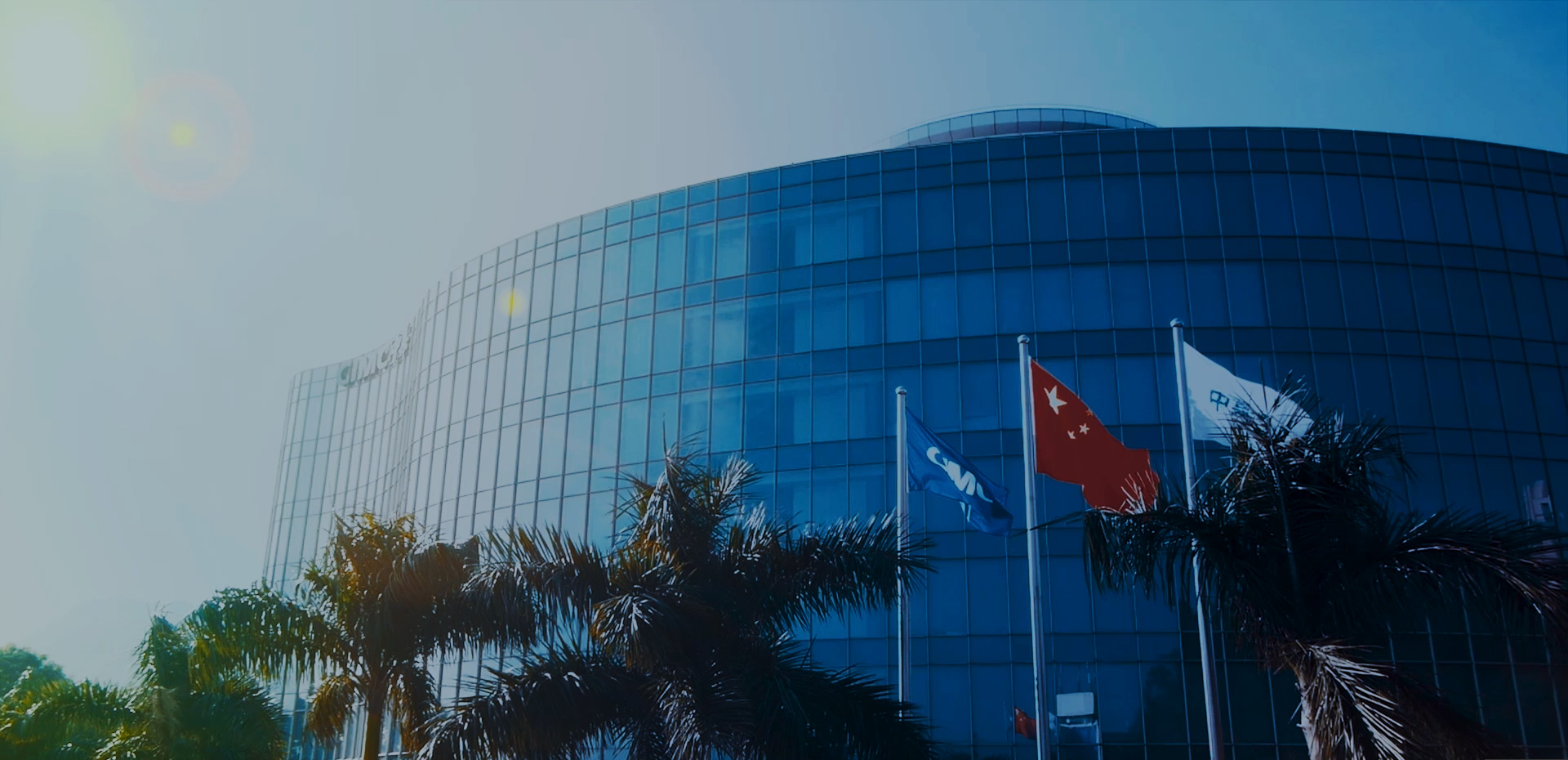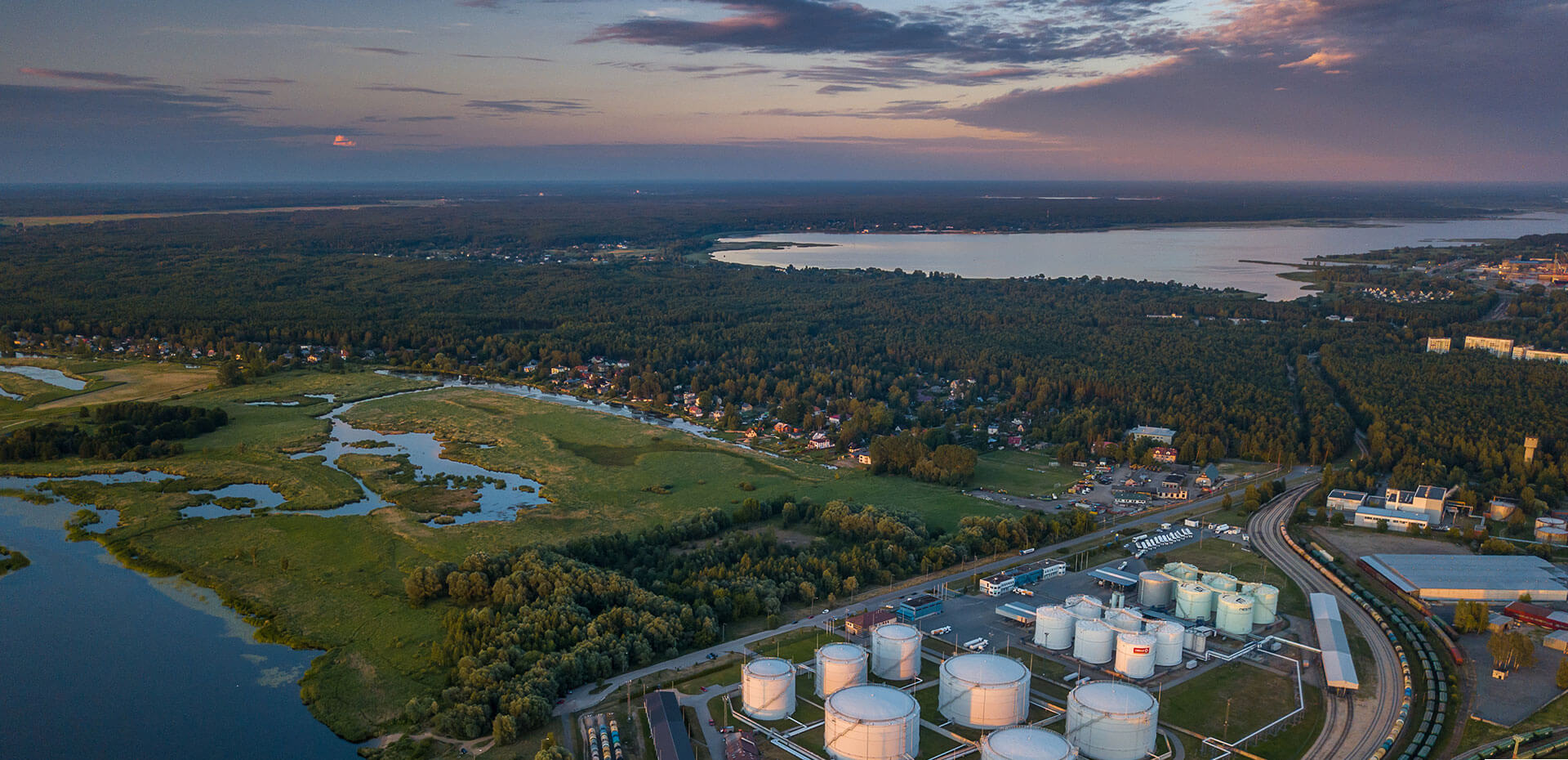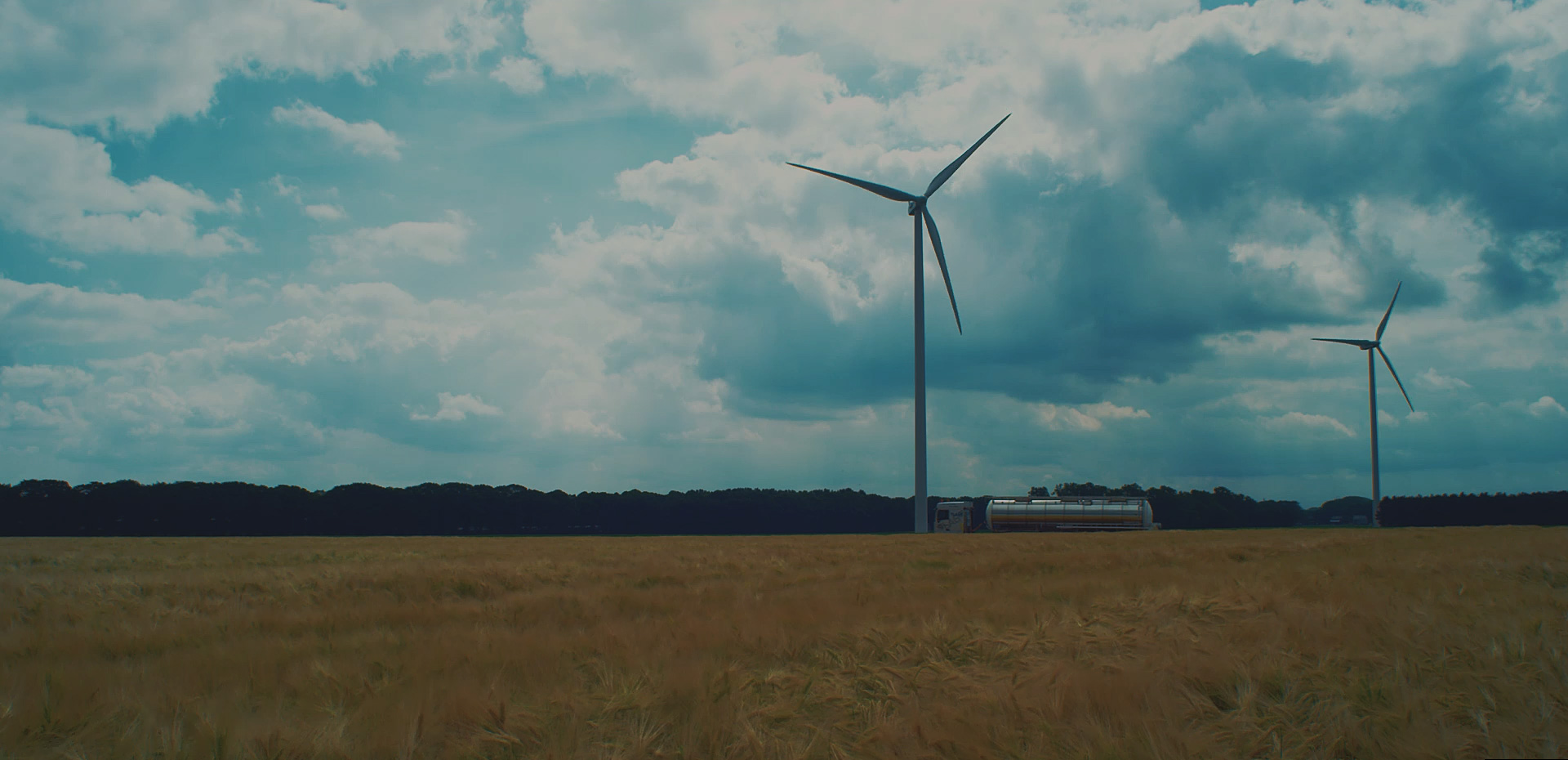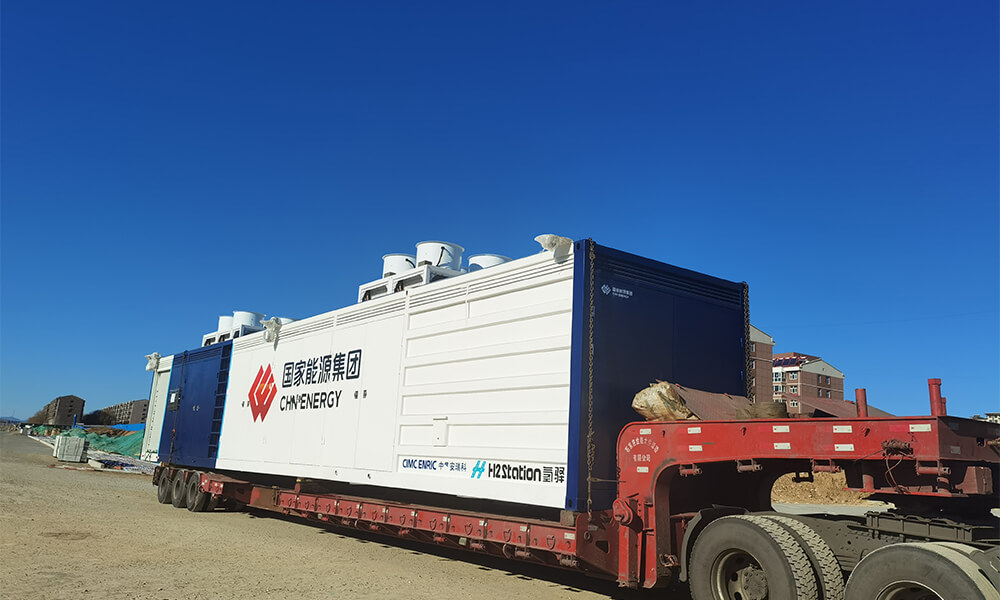(HONG KONG, July 27, 2021) – CIMC Enric Holdings Limited ("CIMC Enric" or the "Company"; SEHK: 3899) is pleased to announce today that the oil, gas and hydrogen integrated energy service station located at the “Rong-Yi Line*” undertaken by its subsidiary, Enric (Langfang) Energy Equipment Integration Company Limited (“Langfang Integration”), was successfully completed. This construction project is the first combined "oil, gas, and hydrogen" refueling station in Hebei Province and will operate in the Xiongan New Area for infrastructure purposes. It can provide hydrogen refueling and integrated energy services for 100 hydrogen-fueled trucks that transport sandstone concrete, thereby providing a solid guarantee for the construction of zero-carbon transportation within Xiongan New Area. Compared with similar domestic hydrogen-refueling station projects, the Rong-Yi Line combined refueling station leads the field in terms of scale and comprehensive energy service capabilities.
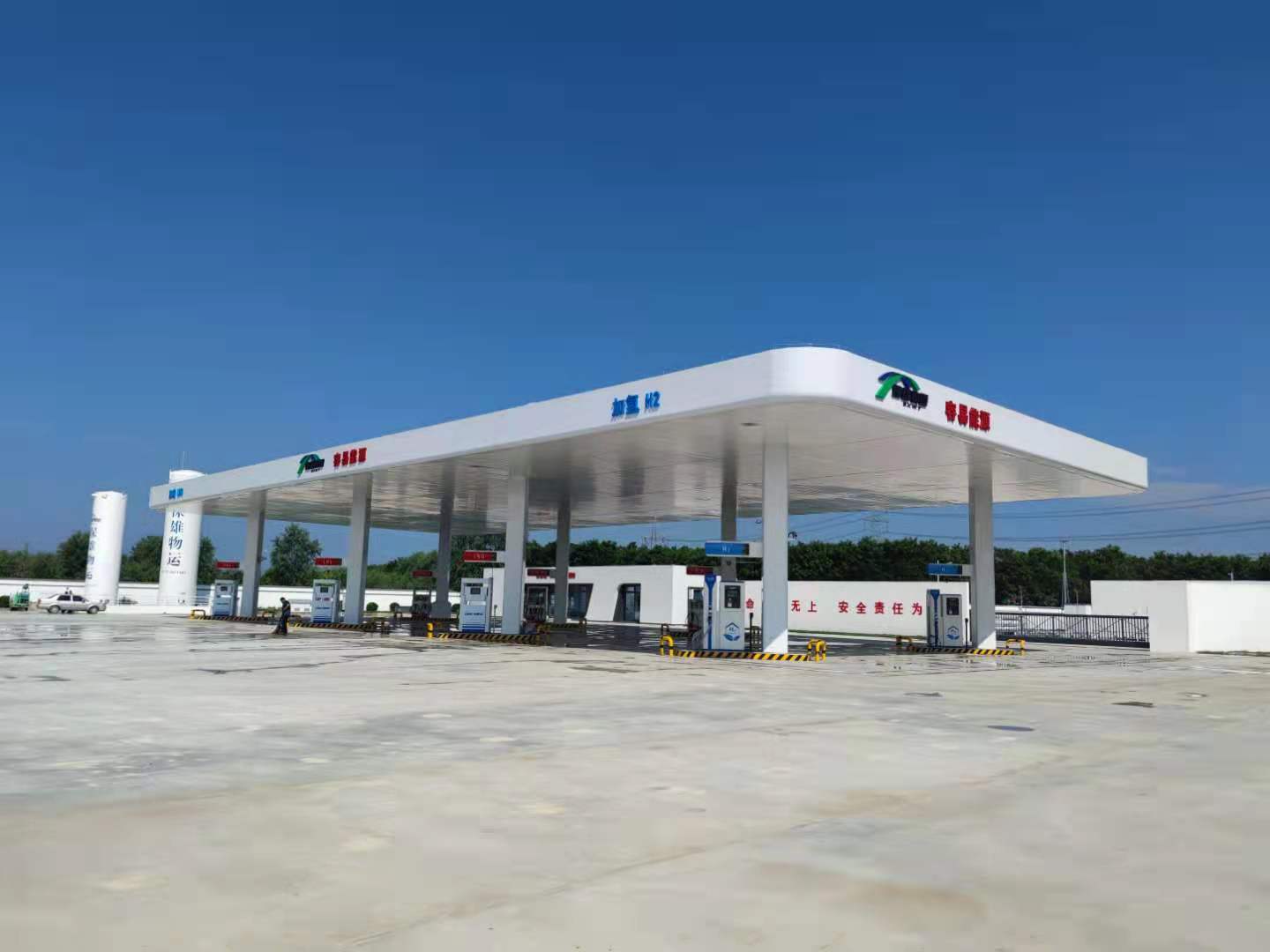
The combined "hydrogen, oil, gas" refueling station is equipped with 12 hydrogen storage tanks, two LNG gas tanks, two gasoline tanks, and two diesel tanks. The station is equipped with two 35MPa hydrogenation tanks, three LNG gas dispensers and three fuel dispensers which can collectively produce the compressive filling weight of 1,000kg/12h of hydrogen, 30t/d of oil and 24,000Nm³/d of LNG – simultaneously meeting the refueling and service needs of oil, gas and hydrogen-powered vehicle users.
As both the only domestic hydrogen energy core equipment manufacturer that can independently manufacture and provide a complete set of hydrogen refueling station equipment – and a leading LNG industry chain-equipment manufacturer – Langfang Integration undertook this project as an EPC general contractor in accordance with the latest domestic GB50516-2021 "Technical Standards for Automobile Refueling and Hydrogen Refueling Stations." Core equipment such as diaphragm compressors, hydrogen cylinders, hydrogen refueling machines, sequence control panels, station control & security systems for the hydrogenation process, as well as LNG refueling equipment was all independently manufactured and produced by CIMC Enric. The hydrogen diaphragm compressor adopts a full-container, skid-mounted design, which is simple to install and convenient to maintain. It also shields the equipment from sun and rain in a normal working environment. The hydrogen refueling machine was designed and manufactured in strict accordance with the SAE J2601 standard. Equipped with an optimized refrigeration system for fast charging, its average filling speed can reach 2.0Kg/min. While ensuring the filling speed and rate of the hydrogen cylinders, the life cycle of on-vehicle hydrogen cylinders can be guaranteed. The service station maximizes the trailer unloading rate by optimizing the equipment configuration and control process, greatly reducing operating costs for the entire station. The station has also installed a 24-hour, all-weather, no dead-angle safety monitoring system covering the entire station together with a "click and stop" system in all operational areas to ensure "intrinsic safety" when equipment is in use.
Hydrogen refueling stations are indispensable infrastructure for the hydrogen fuel-cell electric vehicle industry, and will play a key role in developing the hydrogen energy industry. Judging from the latest national standards, traditional gas filling stations have gradually developed into large-scale facilities for multi-product storage and sales that provide comprehensive services. In the future, oil, gas, hydrogen (electric) integrated energy stations will become the norm. According to partial statistics from energylink of Trend Bank Consulting, 16 domestic hydrogen refueling stations entered operation in the first half of 2021, of which 9 were combined refueling stations accounting for 56% of the total. These hybrids include combined gas-hydrogen refueling stations, combined oil-hydrogen refueling stations, combined electric, oil-gas and hydrogen refueling stations. According to statistics from China Orange Group, as of 30 June 2021, China has built a total of 146 hydrogen refueling stations of which 136 have commenced operations. In terms of hydrogen refueling station projects in planning or under construction, the top three locations are Shanghai, Guangdong, and Hebei which will build 33, 27, and 26 stations, respectively.
Mr. Yang Xiao-hu, Executive Director and General Manager of CIMC Enric, said, “With its goal of achieving carbon neutrality and peak emissions, China is keen to promote the construction of hydrogen refueling infrastructure to accelerate the widespread adoption of hydrogen fuel-cell electric vehicles. Constructing a single hydrogen refueling station often faces problems such as high land costs, slow and complex approval procedures, and high post-operating costs. The combined "oil, gas, and hydrogen" refueling station utilizes existing refueling and gas station facilities to preserve land resources and promote resource sharing, making the concept extremely easy to promote. At present, Sinopec, PetroChina, CNOOC and other oil & gas companies are exploring the operational advantages of using their own refueling and gas stations – and expanding their hydrogen refueling business through cooperation and mixed construction. As a leading contractor and equipment manufacturer for the natural gas and hydrogen energy industrial chain, we have advanced technology equipment and extensive experience in construction projects. The construction of the Rong-Yi Line combined refueling station is a key demonstration project for the first combined “oil, gas and hydrogen” refueling station in Hebei Province. We have shown our comprehensive strength to our customers with quality and efficient results. Looking ahead, we will continue to use a dual-track approach to achieve carbon neutrality and build more economical, efficient and safer combined refueling stations and hydrogen refueling stations for customers. This benchmark project for hydrogen energy and natural gas demonstrates how comprehensive, zero-carbon transportation can be successfully implemented.”
* The Rong-Yi Line refers to the Rongcheng-Yi Line Highway. Approximately 40.5 kilometers in length, it is mainly used for the transportation of building materials in Xiongan New District.


